-
 © Will Williams/Classic & Sports Car
© Will Williams/Classic & Sports Car -
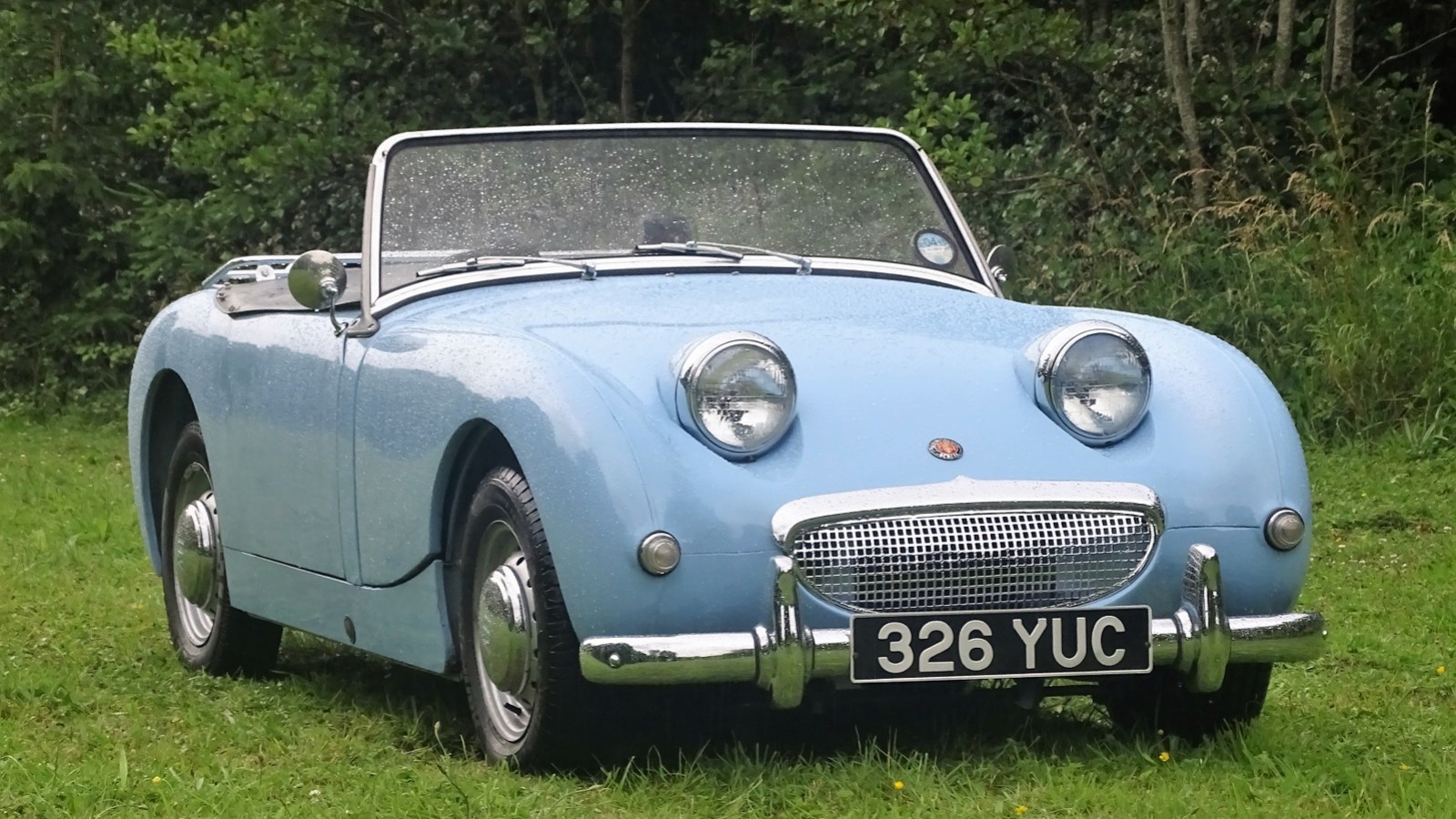 © H&H Auctions
© H&H Auctions -
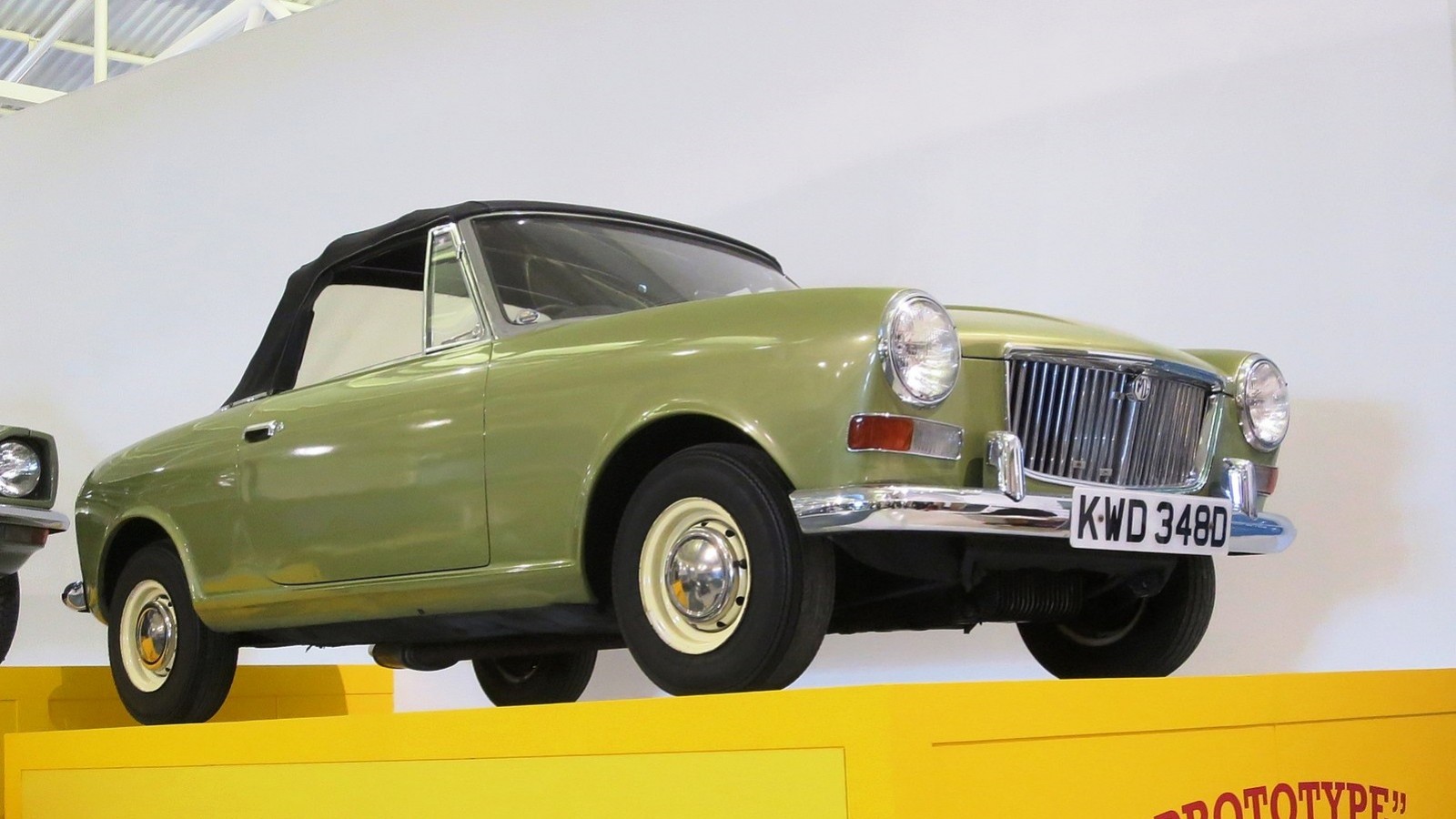 © Charles 01/Wikimedia
© Charles 01/Wikimedia -
 © BMC
© BMC -
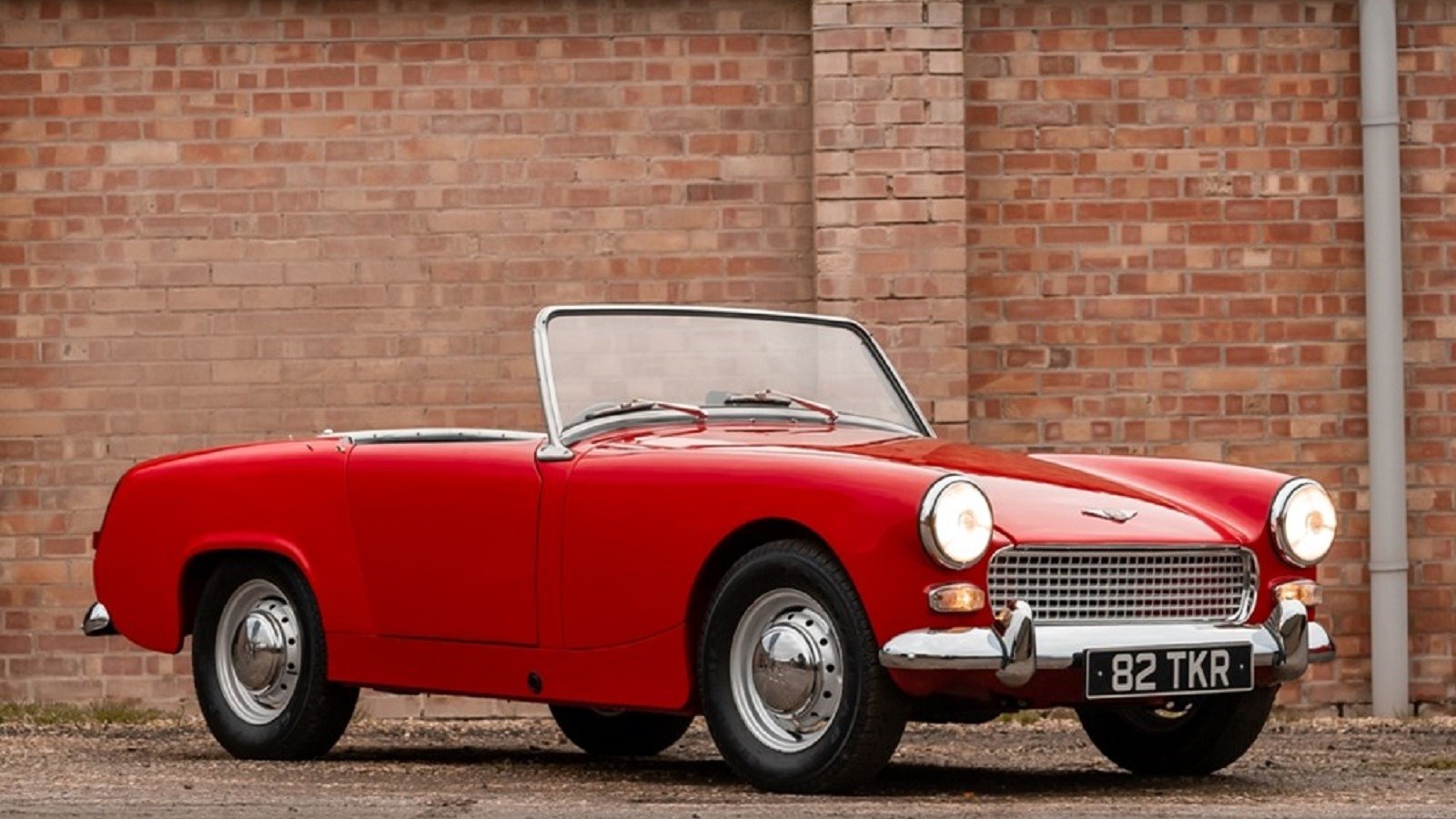 © Historics Auctioneers
© Historics Auctioneers -
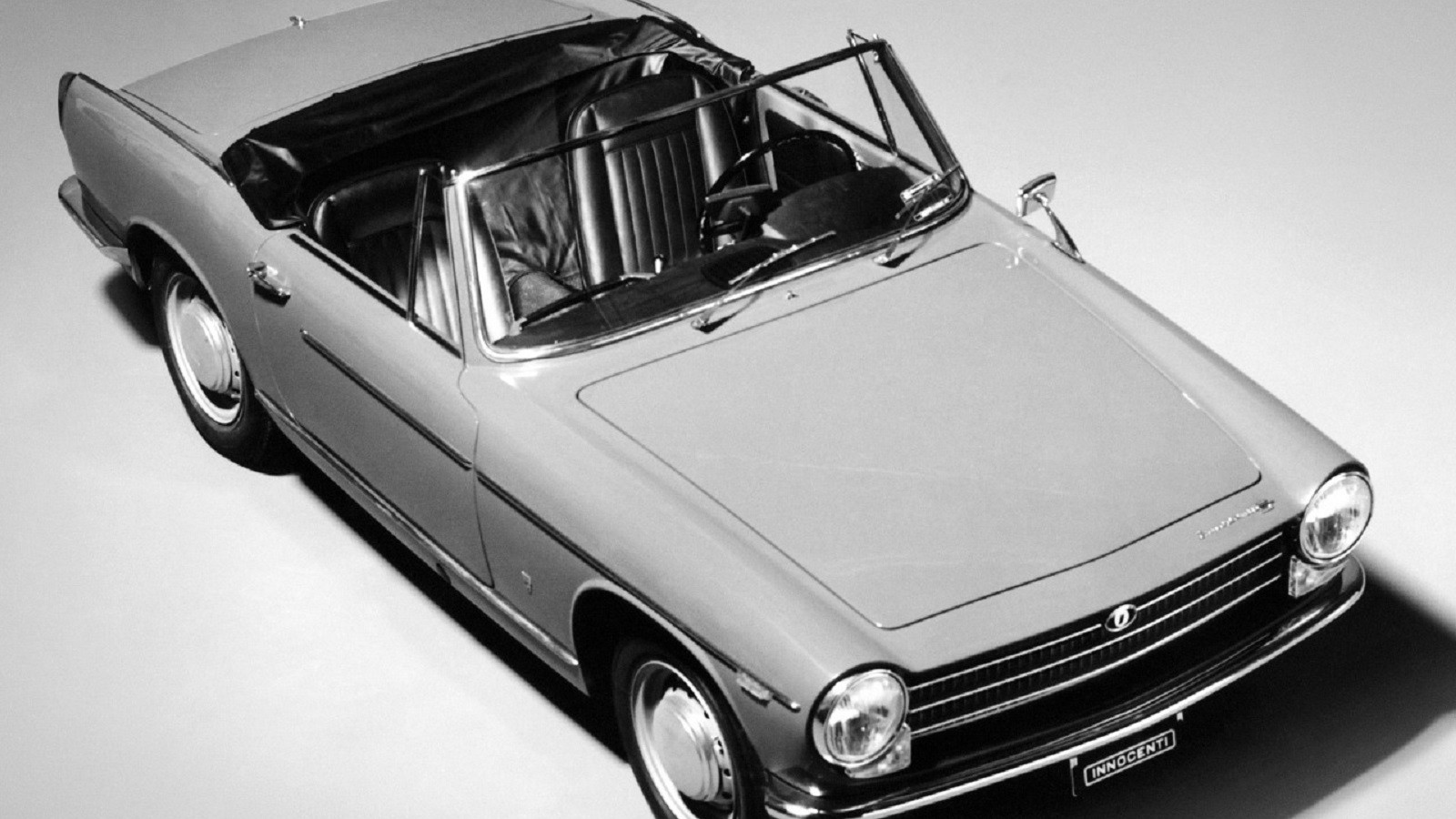 © Innocenti
© Innocenti -
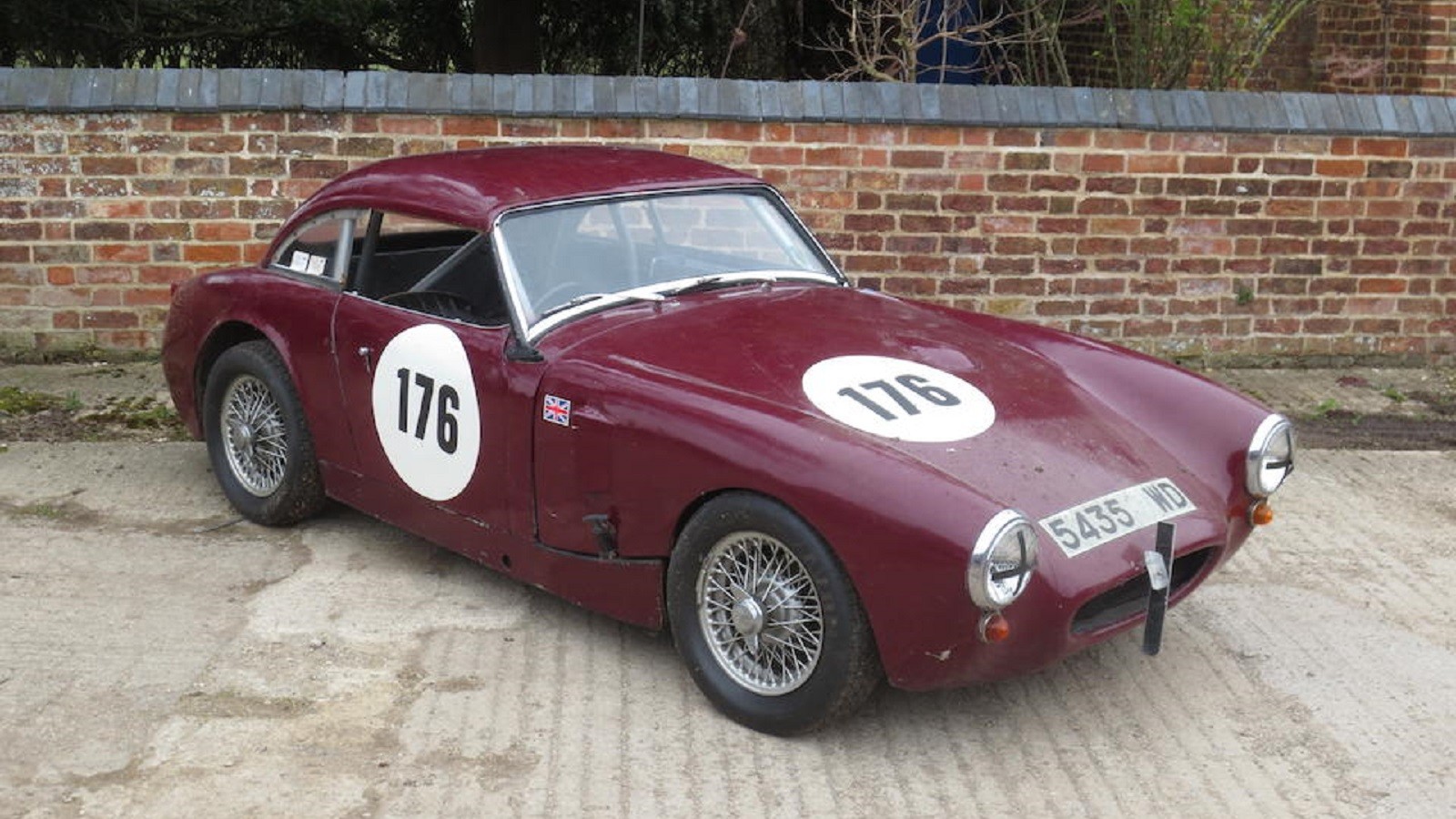 © Bonhams
© Bonhams -
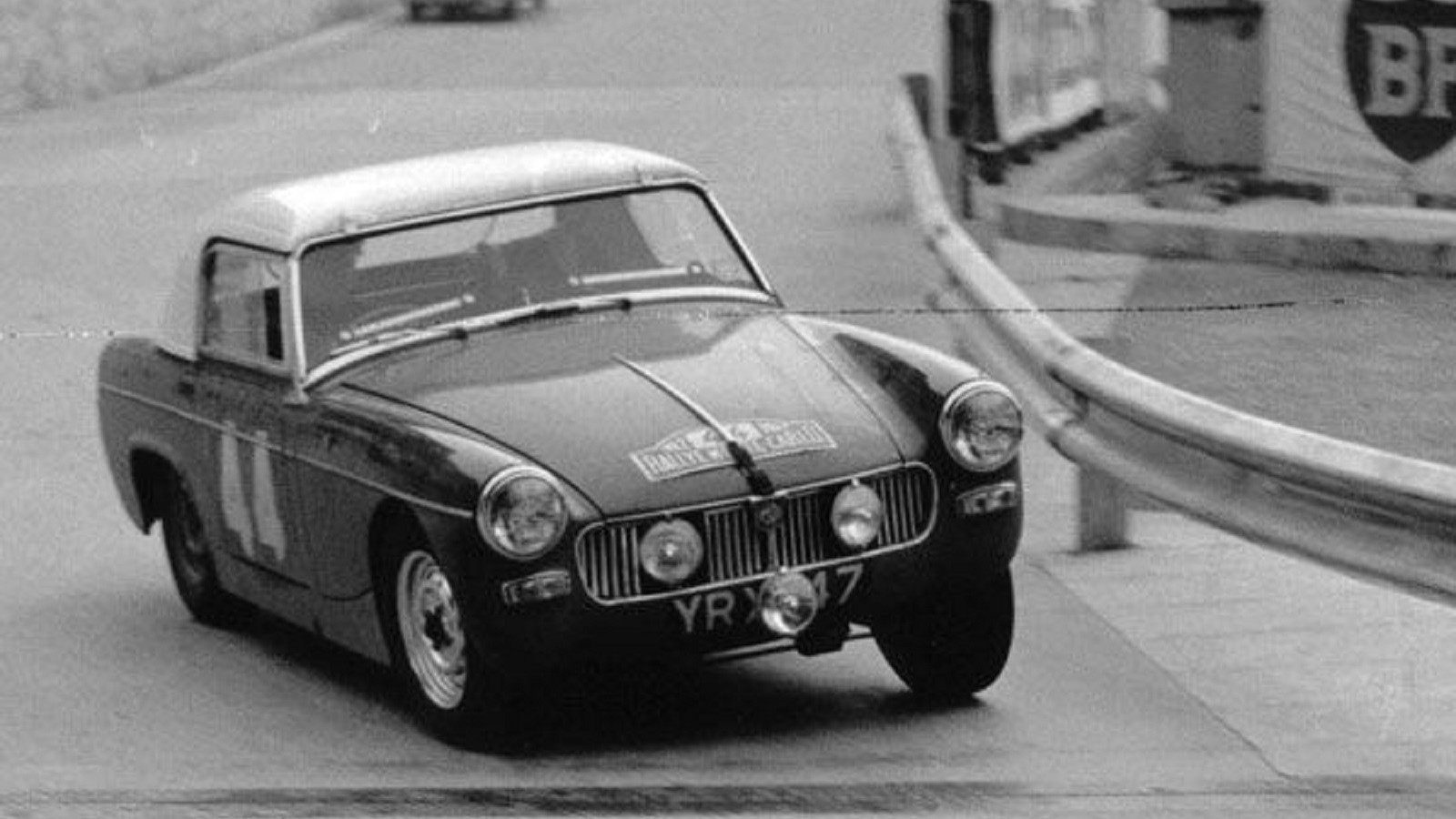 © BMC
© BMC -
 © H&H Auctions
© H&H Auctions -
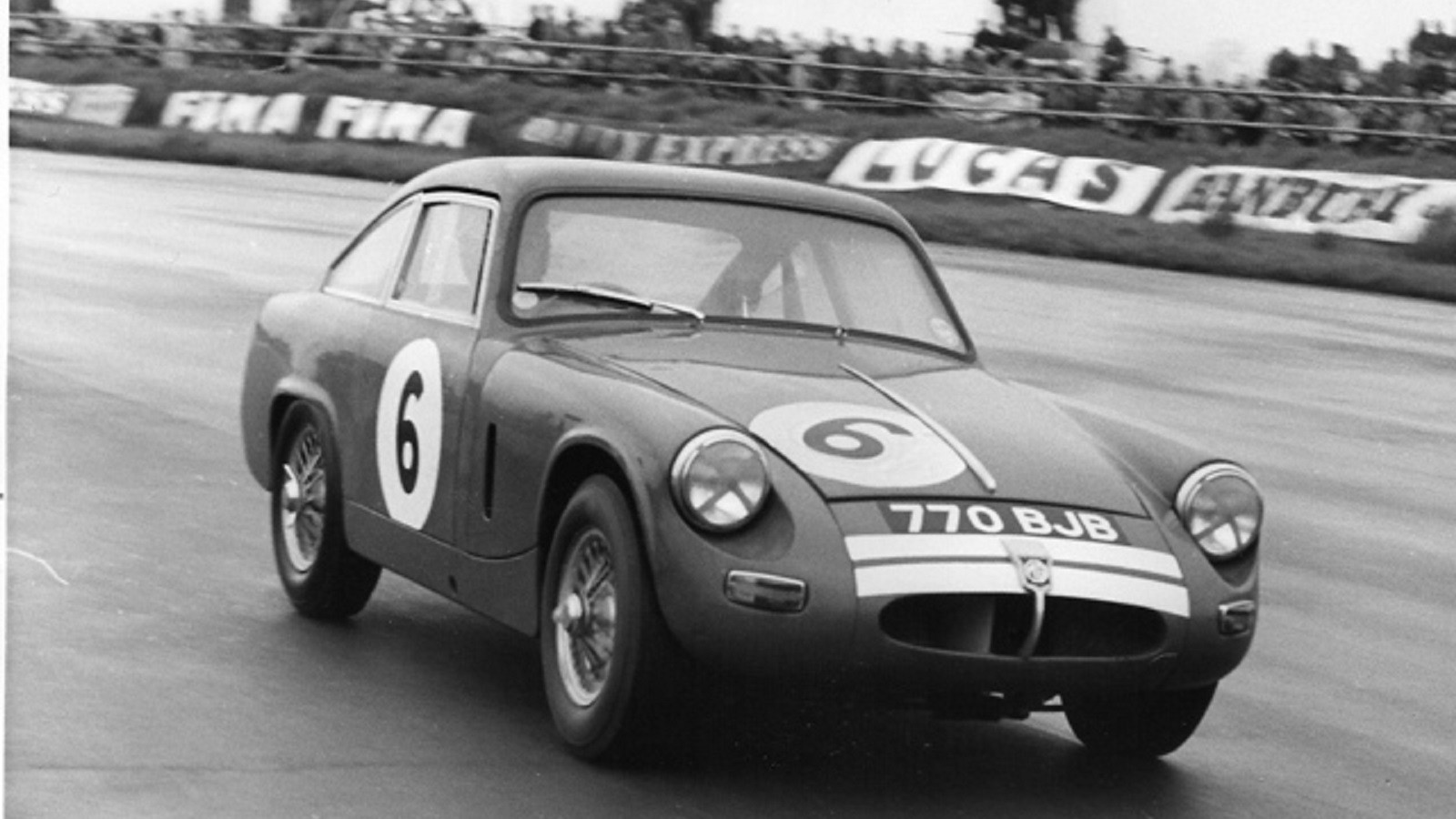 © The Midget Register
© The Midget Register -
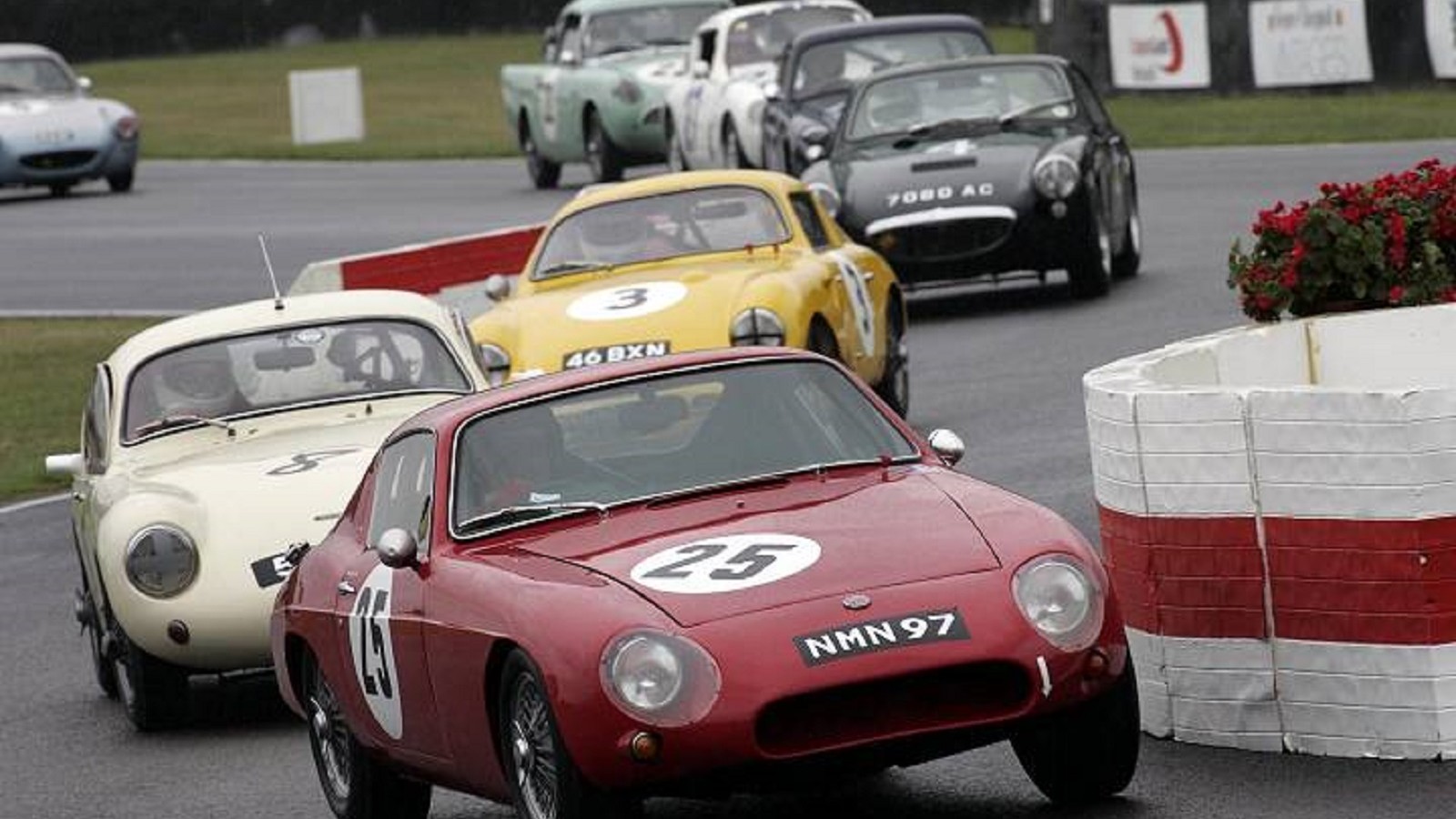 © WSM Cars
© WSM Cars -
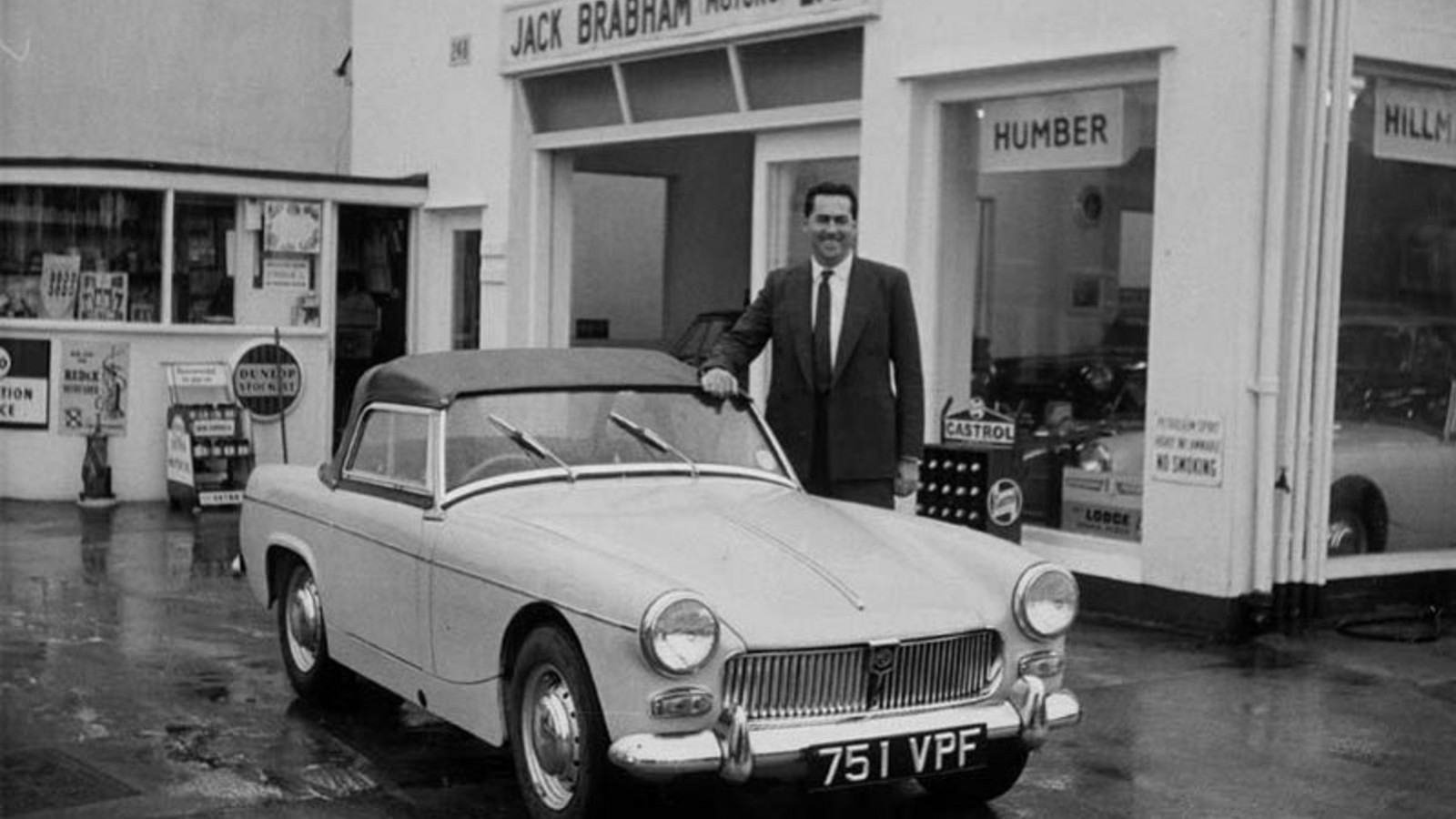 © Brabham Automotive
© Brabham Automotive -
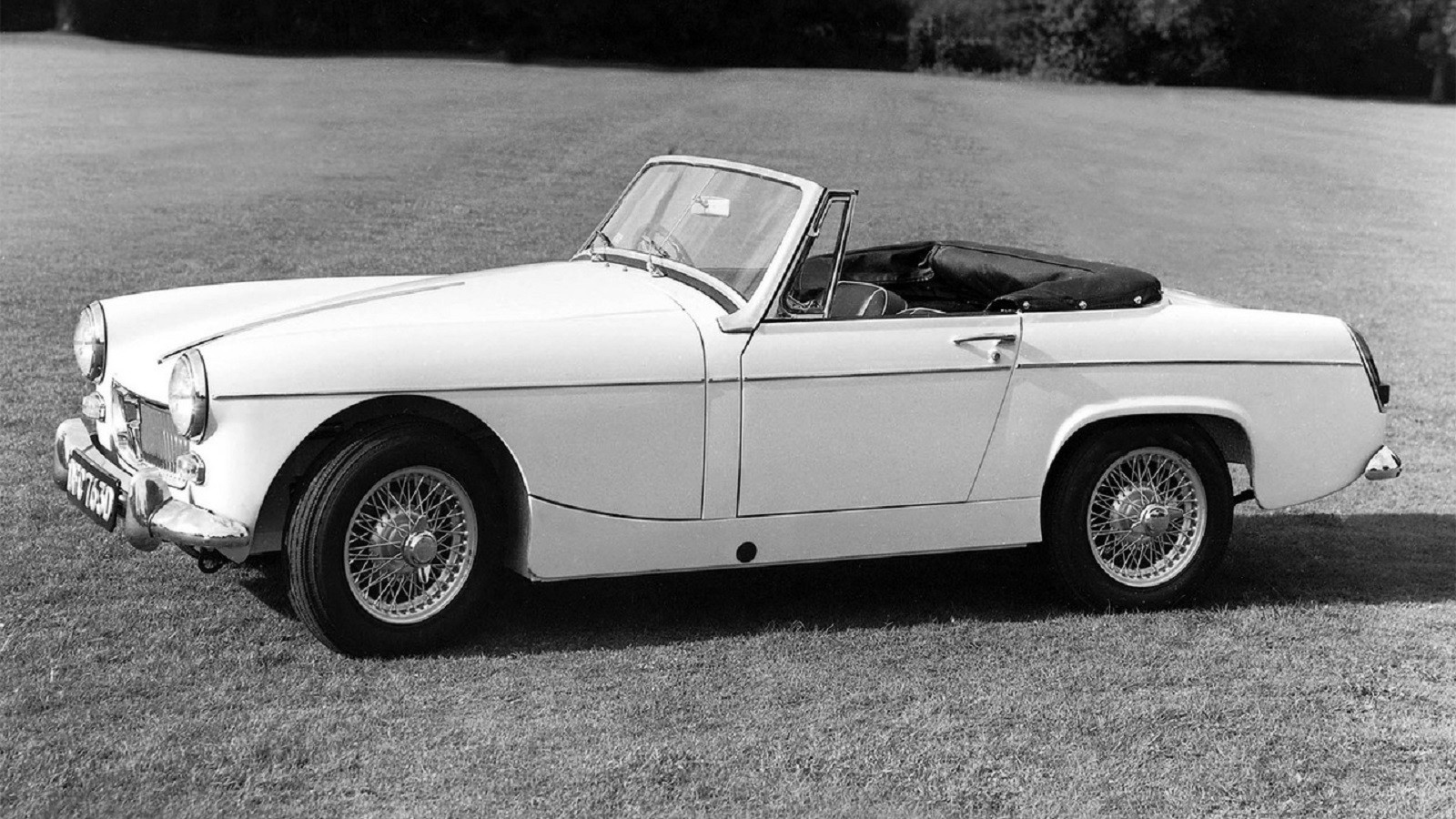 © BMC
© BMC -
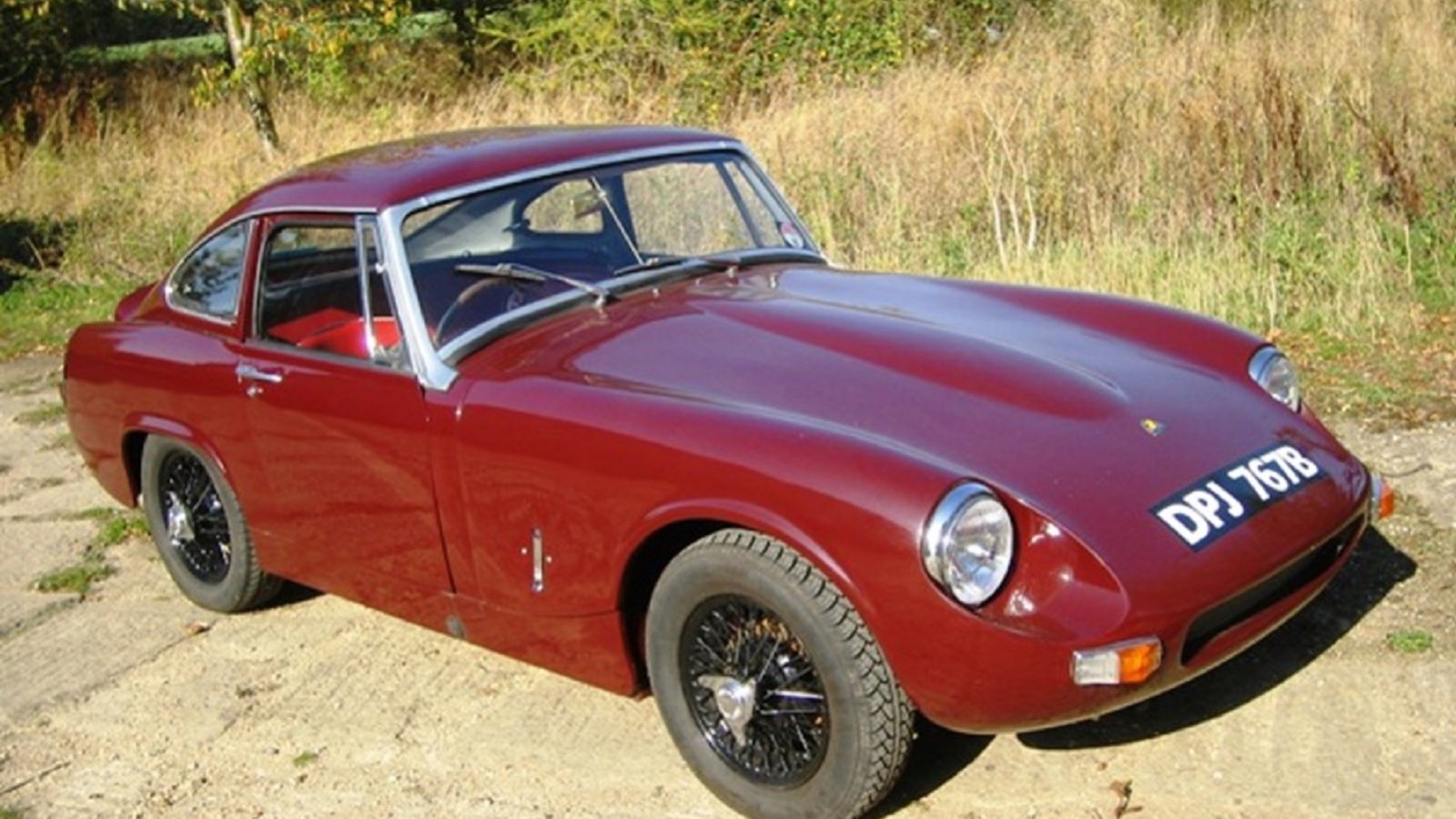 © Historics Auctioneers
© Historics Auctioneers -
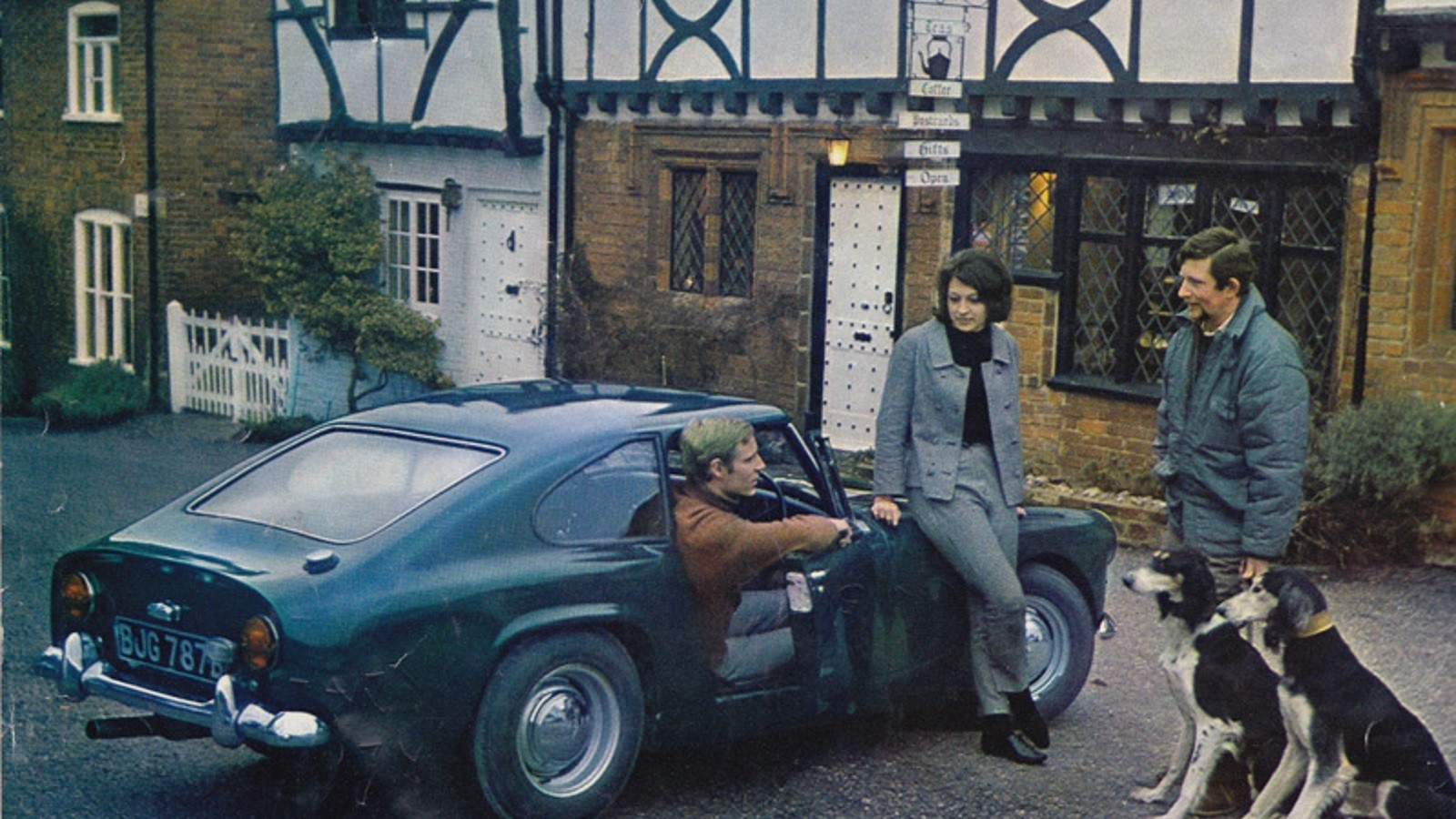 © Lenham Motor Company
© Lenham Motor Company -
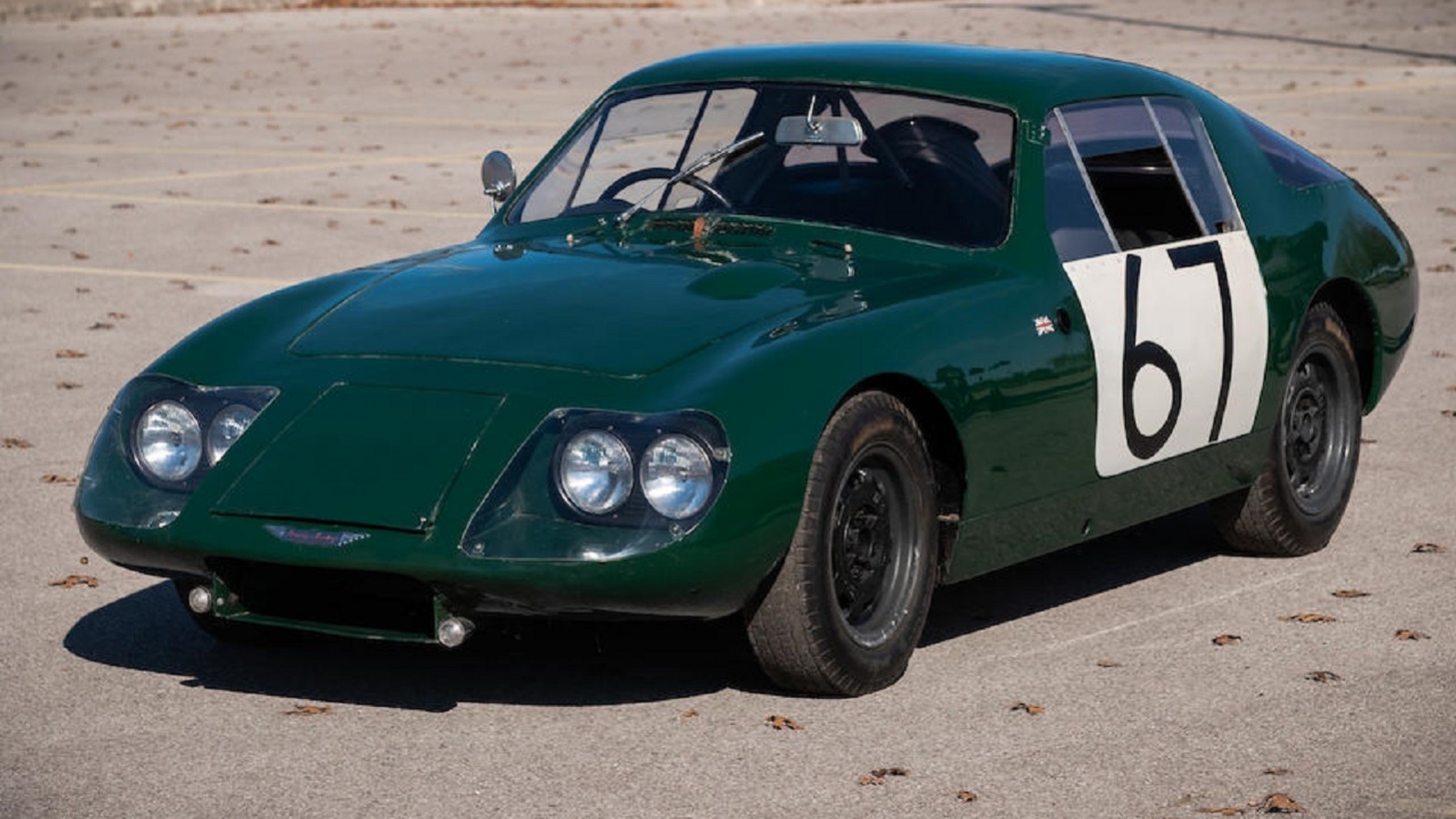 © Bonhams
© Bonhams -
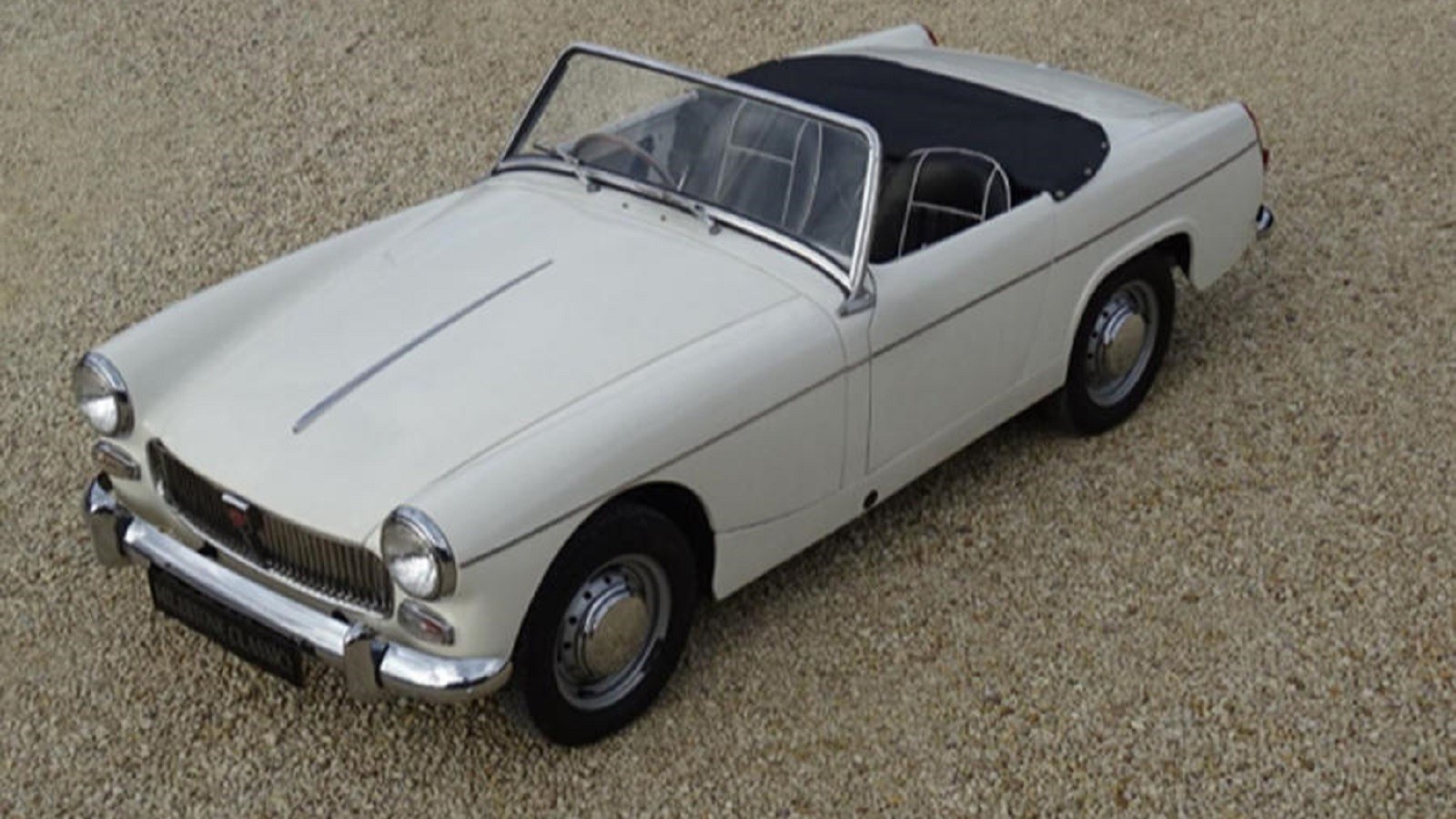 © Haymarket Automotive
© Haymarket Automotive -
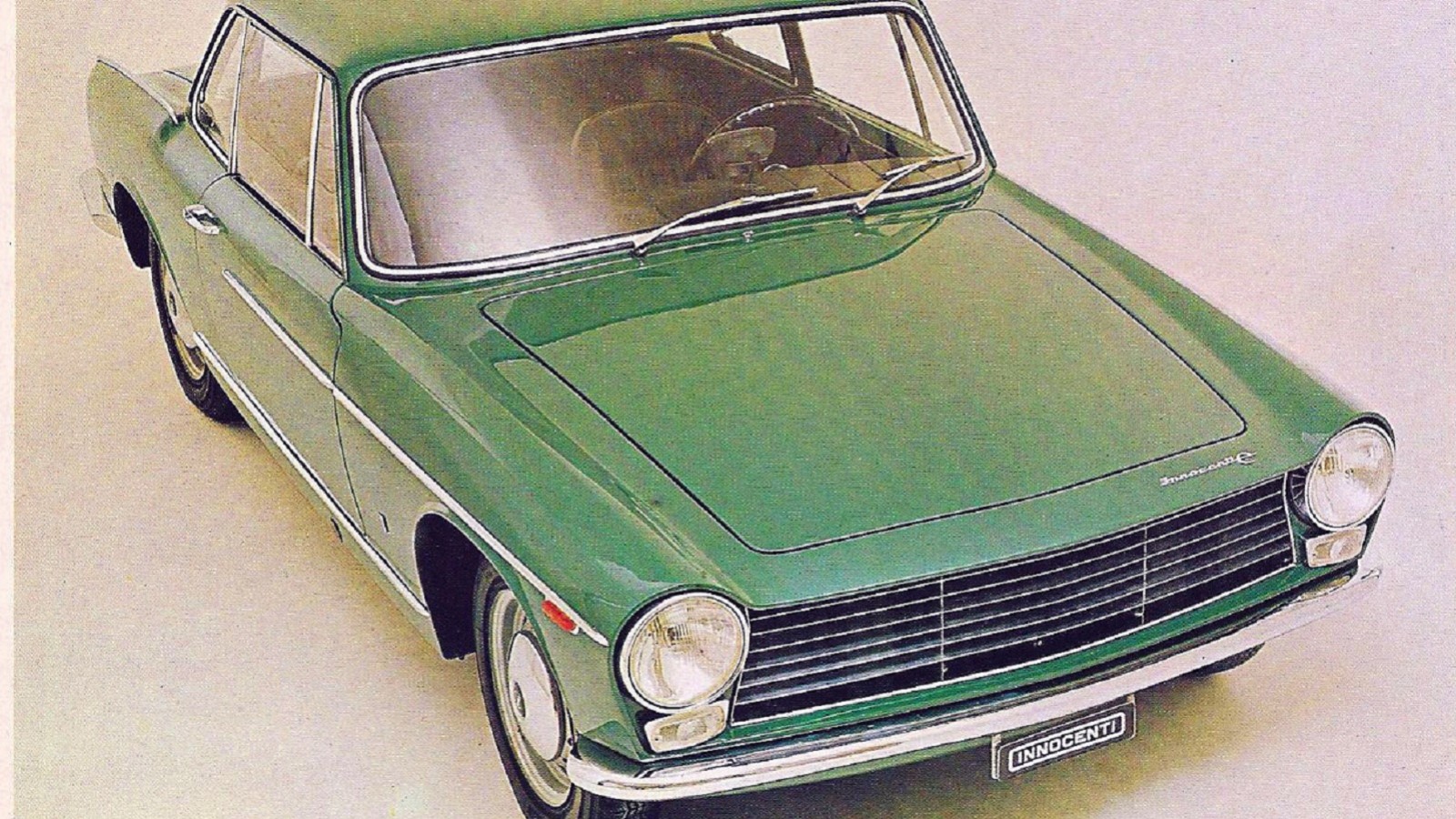 © Innocenti
© Innocenti -
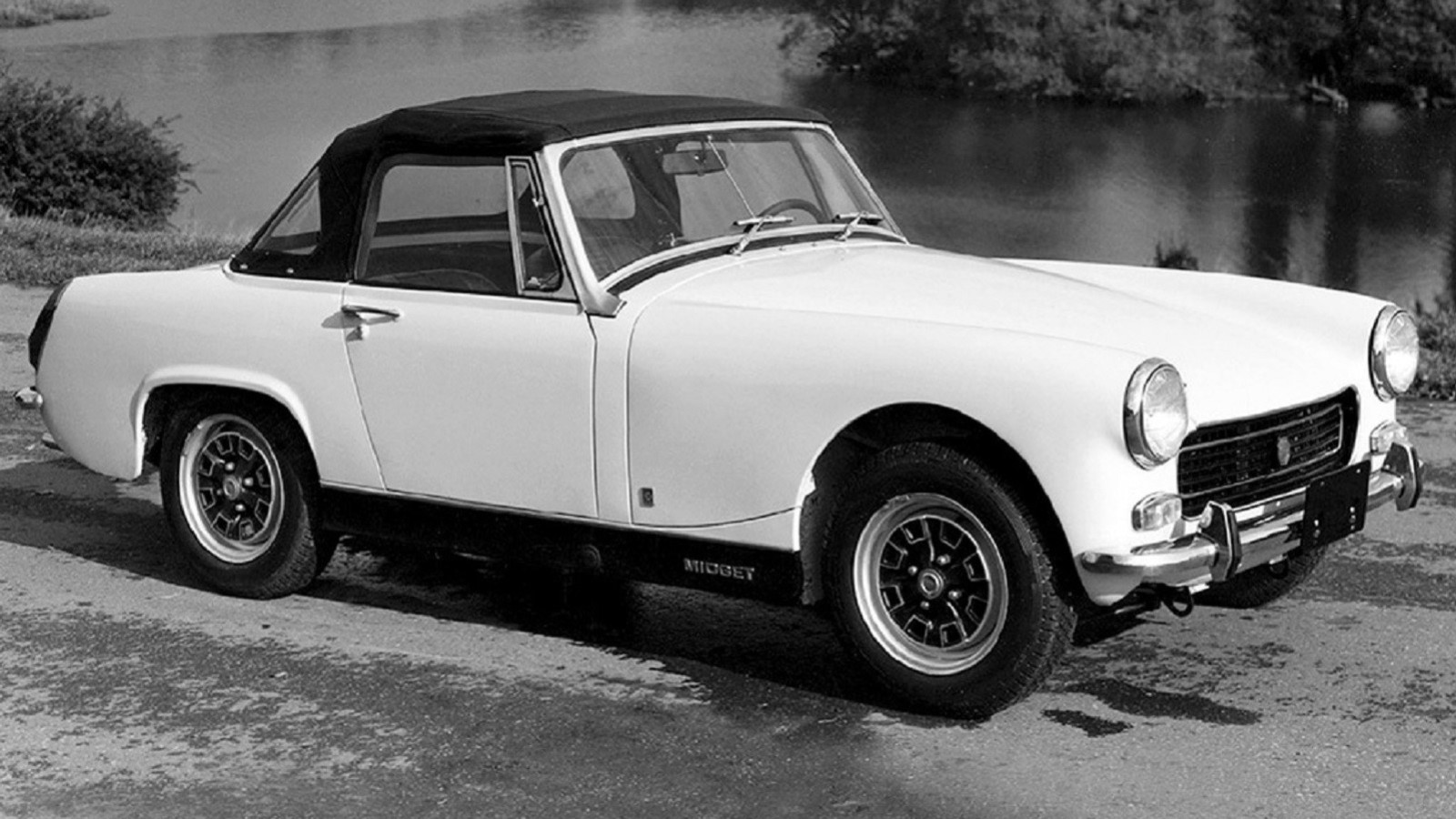 © BLMC
© BLMC -
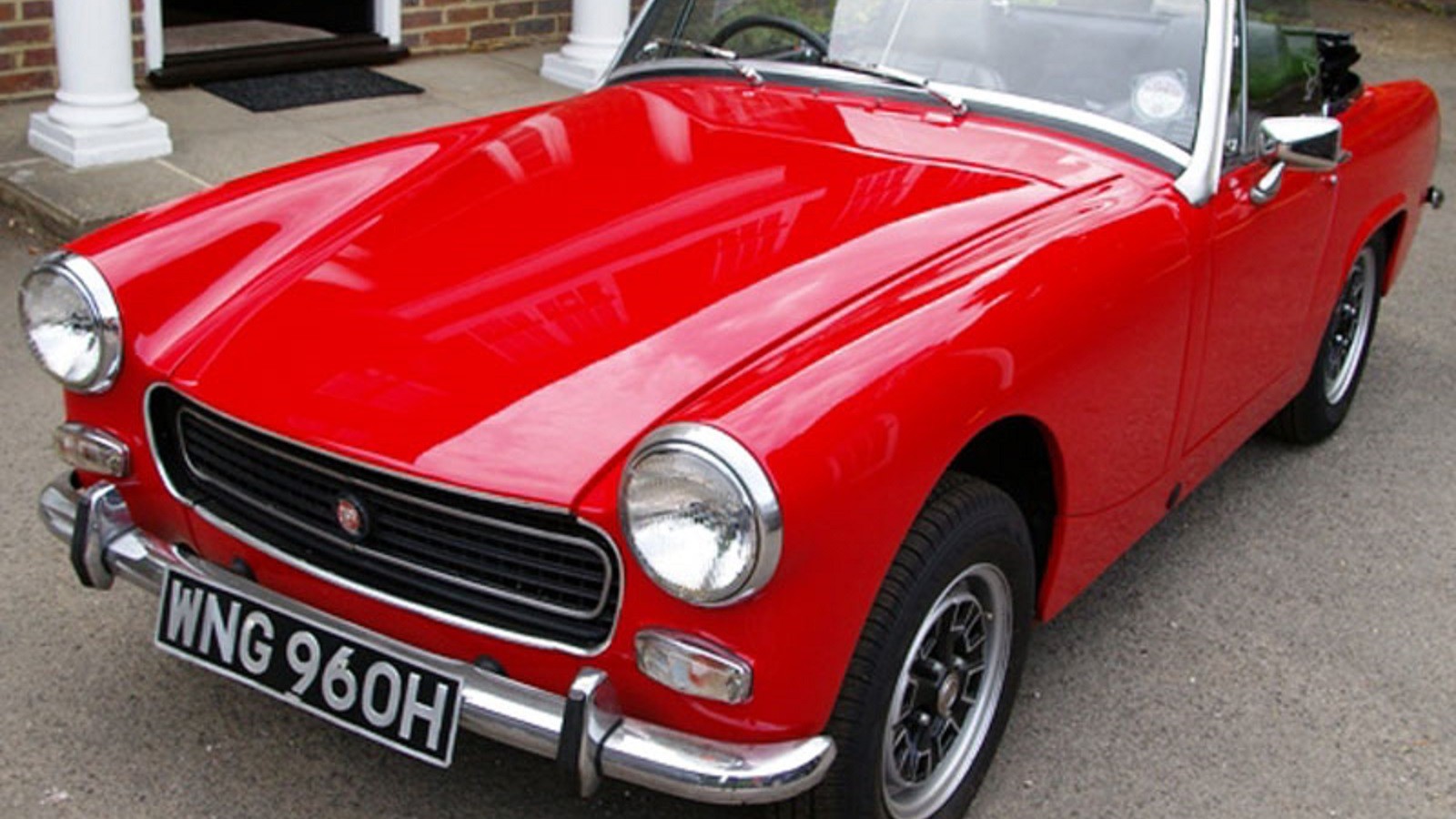 © H&H Auctions
© H&H Auctions -
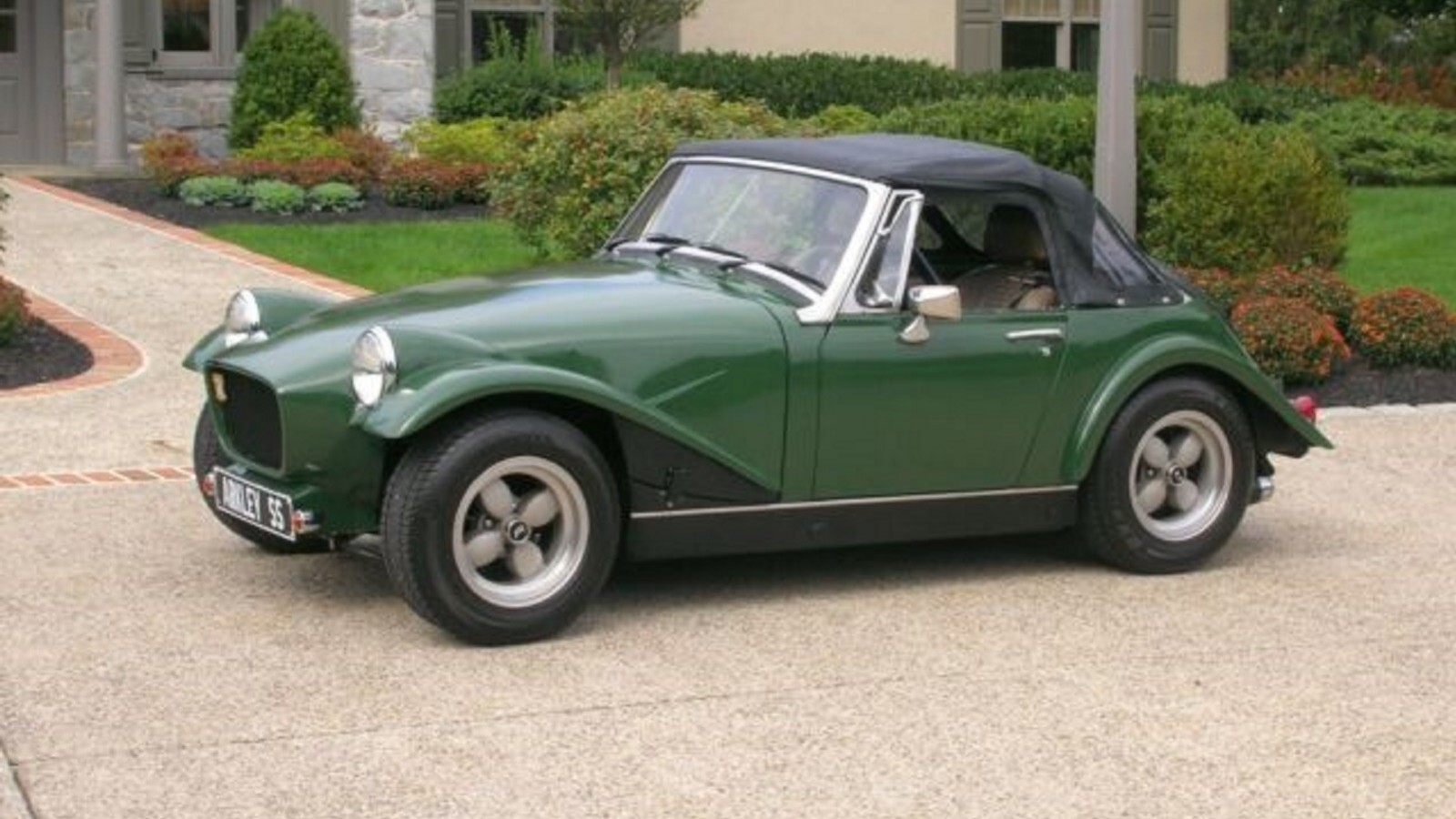 © classiccardb.com
© classiccardb.com -
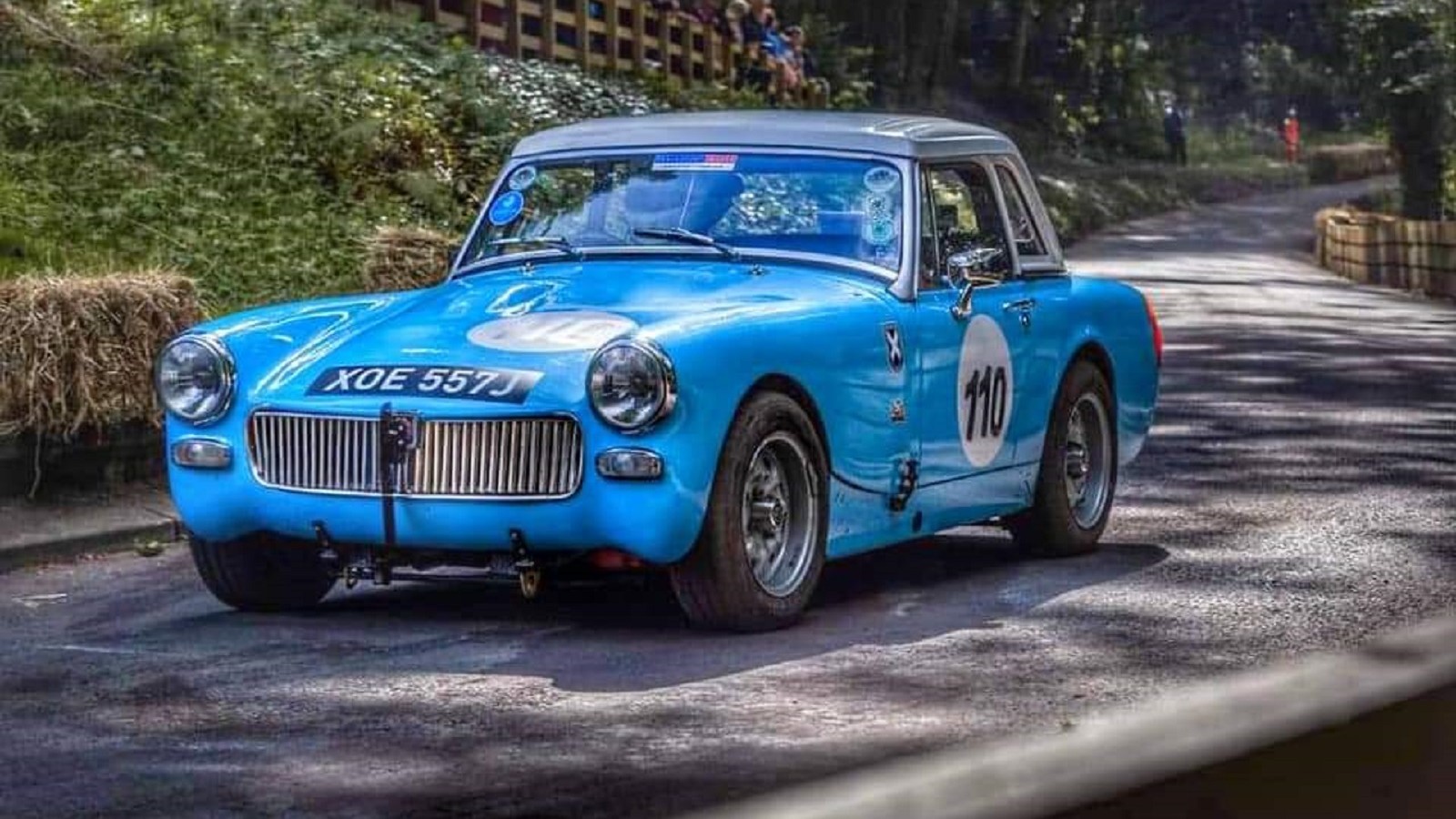 © Robbie Morris
© Robbie Morris -
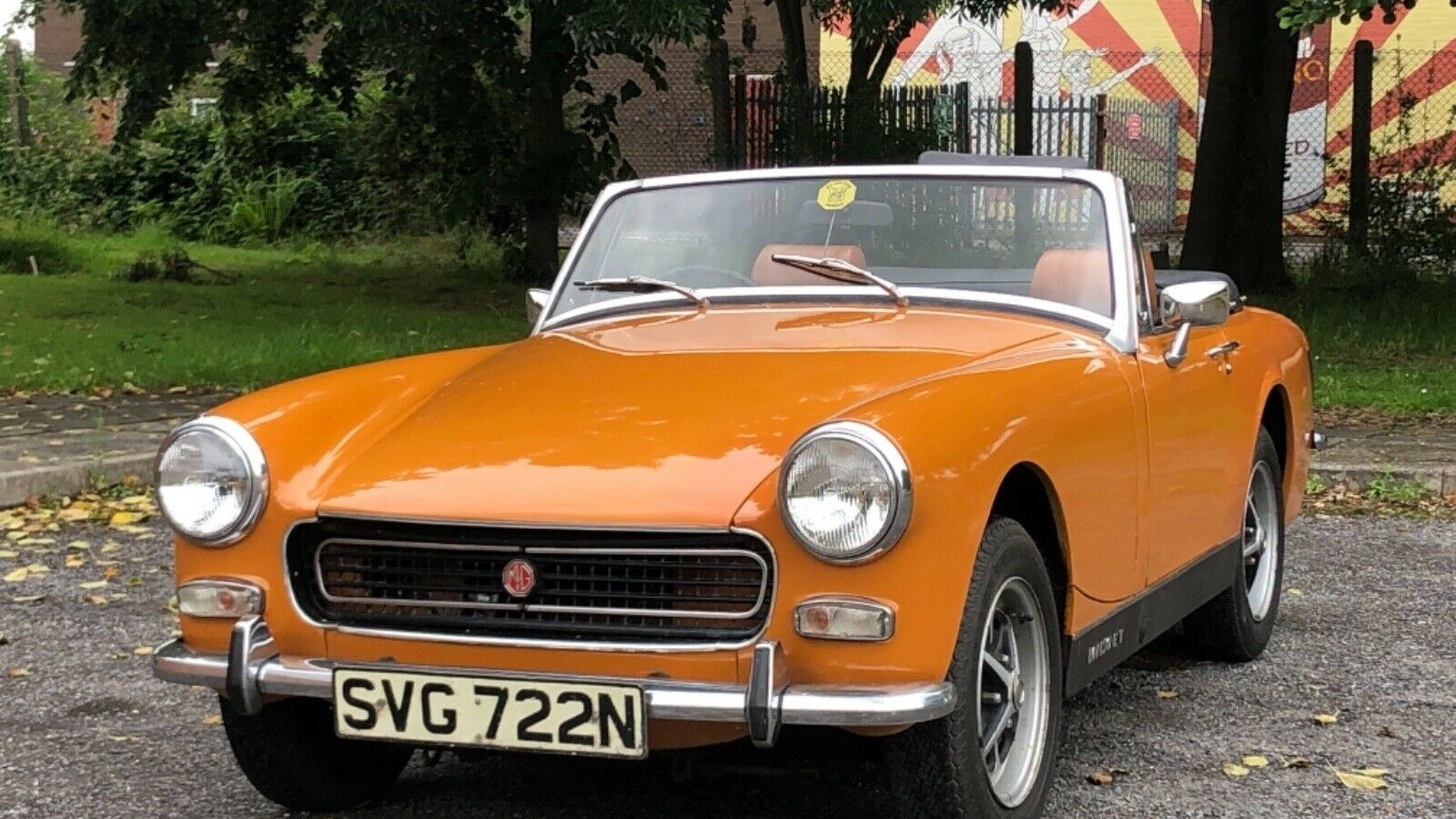 © Cromwell Classics
© Cromwell Classics -
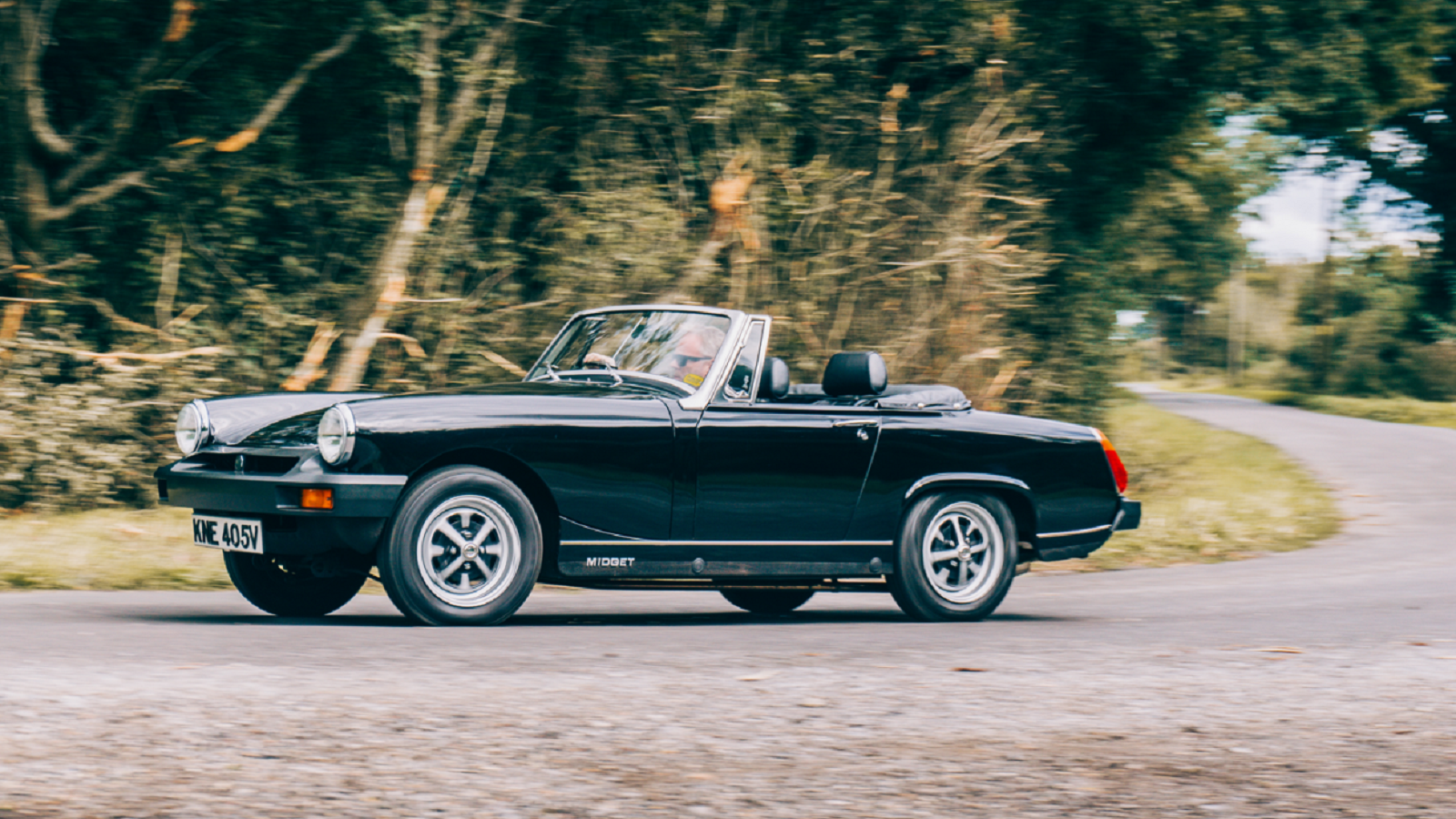 © Olgun Kordal/Classic & Sports Car
© Olgun Kordal/Classic & Sports Car
-
MG Midget reaches its diamond anniversary
In 2021, MG’s small sports car marks a big birthday as the Midget celebrates 60 years since it was launched.
From a simple two-seat roadster, the British firm found more than 200,000 eager buyers during its 18-year production run, plus another 140,000 for the Sprite-badged version.
The MG Midget evolved throughout its life to offer affordable sports car ownership, as well as competition use.
Here’s our rundown of the best of the Midget in chronological order as the model hits 60.
-
1. Austin-Healey ‘Frogeye’ Sprite (1958)
It’s impossible to discuss the MG Midget without mention of the Austin-Healey Sprite, or ‘Frogeye’ or ‘Bugeye’ as it became known, depending on which side of the Atlantic you bought one.
Donald Healey’s low-cost sports car idea used the Austin A35 for its mechanical base, but with twin carburettors to give 43bhp.
Launched in 1958, the Sprite’s distinctive headlights were the result of cost-saving because they were originally intended to pop up.Further economies came from not bothering with a bootlid, but few worried about this when the Sprite was so much fun to drive.
-
2. ADO34 (1960)
Even as the new MG Midget was being readied for production, BMC (British Motor Corporation) was considering a different approach with ADO34.
This concept used the front-drive Mini as its base and the subframes from Issigonis’ supermini. Both MG and Austin-Healey versions of ADO34 were mocked up and a coupé version was made, under the codename ADO35.
The success of the Midget meant BMC gave up on the ADO34 project, though this took until 1964 before management drew a line under the front-wheel drive concept.
-
3. Mk1 948cc (1961)
A new small MG was deemed necessary and BMC’s high-ups saw an opportunity to update the Austin-Healey Sprite into something more practical just as sales of the Frogeye were beginning to wane.
Syd Enever at MG was charged with styling the car, while Geoffrey Healey was also working on a redesign. The two avoided any potential clash by working together, with the Midget requiring bracing on the rear inner wheelarches to allow for the opening boot.
Styling closely resembled the forthcoming MGB and power came from an uprated 948cc A-series engine with new camshafts, bigger valves and 1¼ twin SU carburettors to deliver 46bhp.
-
4. Austin-Healey Sprite (1961)
The Sprite Mk2 was all but identical to its MG Midget sibling, but there were detail differences. Aside from the obvious Austin-Healey badging, the Sprite came with an egg-crate style front grille as a nod to the Frogeye’s.
Known internally by its codename of HAN6, the Sprite Mk2 usually sold in smaller numbers than its Midget counterpart.
However, the Mk2 managed 20,450 sales in 1961-’62 compared to 16,080 for the MG thanks to more buyer recognition for the Austin-Healey when the two cars were launched.
-
5. Innocenti Spider (1961)
The Italian coachbuilder Innocenti had close ties with BMC and it had already shown the Frogeye-based Spider at the 1960 Turin Auto Show.
When it went into production in 1961, the Spider initially used the Healey’s 43bhp motor, but this was soon uprated to the Midget specification with 46bhp.
The Spider was more than a rebodying of the Midget as the bulkhead was repositioned, plus it came with longer doors and wind-up windows. A hardtop was also offered as an option, and Innocenti went on to make 6864 Spiders.
-
6. Sebring Sprite (1961)
Just as the Midget was getting up and running, John Sprinzel revealed his Sebring Sprite Coupé at the London Racing Car Show in 1961.
Based on the Frogeye, it showed another direction for the Midget family and its much-improved aerodynamics proved their worth in the hands of Pat and Stirling Moss in the Sebring 4 Hours race in the US.
The Sebring was a step on from the earlier Speedwell Sprite that Sprinzel had helped to develop. A key improvement was a wider windscreen for the Sebring that allowed more room for the driver’s right hand to make quick steering corrections while racing.
-
7. Works rally cars (1961)
Three MG Midget Mk1s were converted for rallying in 1961. They followed the Mini Cooper’s lead by having Tartan Red bodies with a white roof, while aluminium was used for the front wings, doors, bonnet and bootlid.
Two of the cars appeared on the 1961 RAC Rally, while the third car made its debut on the 1962 Monte-Carlo Rally.
Each used a 995cc engine tuned to full Formula Junior specification, though the cars retained the Midget’s standard drum brakes.
-
8. Mk1 1098cc (1962)
A larger engine delivered a welcome performance boost for the Midget in 1962. Codenamed GAN2, this motor superseded the 948cc unit and gave the Midget 56bhp, a 10bhp increase with no weight penalty and only a small rise in price of £23.
The extra cost also brought front disc brakes as standard and an improved manual gearbox that changed to baulk-ring synchromesh over the earlier ’box’s cone-type. More relevant to most buyers was that the 1098cc gave 0-60mph in 17.0 secs compared to the 948’s 18.3-sec time.
-
9. Jacobs Midget (1962)
Coincidence played a big part in the creation of Richard Jacobs’ Midget coupé race cars.
He happened to notice the proportions were much the same as an Aston Martin DB4’s, so he approached MG’s John Thornley and Syd Enever with the idea of building a small capacity GT racer. It got the nod and an alloy body was fitted to a steel floorpan with a 75bhp 979cc motor.
Testing showed the aerodynamic coupé needed 13bhp less than an open-top car to reach 100mph, and the Jacobs Midget could hit 120mph. Three of these cars were built, later using 1098 and 1239cc engines. A highlight was a class win in the 1964 Sebring 12 Hours race.
-
10. WSM (1962)
Douglas Wilson-Spratt already had experience of building aerodynamic bodies on the Austin-Healey Frogeye base.
The 1962 WSM, taking its name from Wilson-Spratt and Jim McManus, led to nine cars made in period and a 10th finished in 2009 to original specification.
The lightweight WSMs achieved considerable success on track and in hillclimbs in the UK and Europe. Perhaps the model’s best result was third in class in the 1964 500km race at the Nürburgring.
-
11. Jack Brabham (1963)
Having shoehorned a Coventry-Climax engine into the unsuspecting Triumph Herald, Jack Brabham repeated the idea with the MG Midget.
It retained the standard MG gearbox, yet the 1216cc Coventry-Climax FEW engine gave 83bhp, an 80% increase in power. This unit would also rev to 8000rpm, giving a top speed of 112mph.
Given Brabham’s Midget also halved the car’s 0-50mph time, it was prudent the £360 conversion included front disc brakes as part of the package.
-
12. Mk2 (1964)
With competition now from the Triumph Spitfire, the Mk2 Midget came with the added refinement of wind-up windows in place of sidescreens and external door handles. The hood design was also improved to make it easier to raise, lower and secure in place.
Under the bonnet, the 1098cc engine gained a stronger bottom end, while the cylinder head was changed to the same as the MG 1100 saloon’s to up power to 59bhp.
This small increase helped to lower the 0-60mph time to 14.5 secs and nudge the top speed beyond 90, to 92mph.
-
13. Ashley (1964)
Ashley started out by offering a bulbous hardtop for the Midget Mk1 that retained the standard car’s sidescreens.
For later Midgets, Ashley’s easily fitted hardtop came with a lower roofline to make it a much more handsome affair. All the owner had to do was remove the bootlid, with luggage space accessed through an integrated boot in the sweeping tail of the hardtop.
Ashley claimed its GT hardtop could be fitted in 15 minutes and the company also offered a new smoothly shaped forward-hinged bonnet to replace the steel wings and bonnet of the Midget.
-
14. Lenham Le Mans GT (1964)
The first car Lenham made was based on a Frogeye Sprite, but the company got into its stride with a restyled model developed for the Midget Mk2 with its wind-up windows.
Made from glassfibre, the Lenham featured a distinctive Kamm-type rear end and fixed window. Unlike the first car it made, the Le Mans Coupé conversion had rear quarter glass to give better vision and an airier cabin.
Lenham also offered a bonnet conversion to replace the front wings and bonnet of the Midget. In addition, the company made removable glassfibre hardtops as a cheaper alternative to the factory option.
-
15. Le Mans Sprite (1965)
BMC had run two works Midgets in the US in 1965, with Rauno Aaltonen winning his class in a 1293cc MG at the Bridgehampton Double 500.
These were lightweight but standard-looking cars. Geoffrey Healey realised aerodynamics mattered with the Midget and he went on to produce 10 low-drag machines.
Several of Healey’s streamlined Sprites went on to compete at Le Mans, as well as at Sebring, the Targa Florio and the Nürburgring. The best result at Le Mans was in 1965 for Paul Hawkins and John Rhodes, who finished 12th overall and first in class.
-
16. Mk3 (1966)
Almost inevitably, a larger capacity A-series engine made its way into the Midget.
The 1966 Mk3 gained a detuned Mini Cooper ‘S’ 1275cc, giving the MG 65bhp, which was 11bhp less than the Cooper ‘S’. It helped lower the 0-60mph time by half a second to 14.0 secs, and upped top speed by 2mph.
Just as usefully, the Mk3 finally had a decent hood design with a permanently fixed frame that made it much easier to fold up or down.
-
17. Innocenti C (1966)
As sales of the Innocenti Spider faltered in its Italian homeland, the coachbuilder replaced the open car with the C coupé.
The closed car was an even more thorough reworking of the Midget, with a wheelbase extended by six inches (150mm) and a lowered floorpan to make the cabin roomier.
The Innocenti C used the same 1098cc as the Spider even though the Midget now came with a 1275cc motor. Neat styling made the C coupé a strong rival to the Fiat 850 Coupé, but sales were modest and only 794 were made by the time production ceased in 1968.
-
18. Mk4 (1969)
BMC had revised the Midget’s rear axle ratio to gain better fuel economy, but a more comprehensive update came late in 1969.
This saw chrome give way to a new black egg-crate grille and satin black paint on the sills, as well as British Leyland ‘BL’ badges on the lower edges of the front wings.
Slimmer bumpers also marked out these Mk4 Midget models, and very early Mk4s had a matt black windscreen surround. This was quickly dropped when customer feedback proved negative.
A range of new body colours also arrived, including Harvest Gold, Bonze Yellow, Bracken and Tundra, among others.
-
19. Austin Sprite (1969)
Now simply called the Austin Sprite, the alternatively badged Midget’s time was coming to an end with this generation.
Sales of the MG had long since outstripped the Austin. The Healey name had been dropped when BL boss Donald Stokes decided in 1970 he no longer wanted to pay the Healey family a royalty on every car sold with their name on it.
The end came for the Austin Sprite the following year, with only 1029 cars badged like this. It makes the Austin Sprite the rarest of the mainstream models.
-
20. Arkley SS (1970)
John Britten was another to rebody the Midget with glassfibre front and rear panels. The Arkley took its name from the Hertfordshire town where the kits were produced and around 900 were sold between 1970 and 1985.
Unlike earlier modified Midgets, such as the Lenham and Ashley cars, the Arkley was very much a pastiche of an older age of car that was in vogue in the early 1970s. It was also a handy way to repurpose a rusty Midget with rot-free bodywork.
-
21. Car Preparations Atlantis (1972)
The Atlantis from Bedford-based Car Preparations was a bespoke model and built on a brand-new Midget.
As part of the conversion, the A-series engine was removed and replaced by a Ford Crossflow, increasing power to 92bhp and improving the 0-60mph sprint to 10.4 secs. This also beat an MGB Roadster by 1.8 secs, making the £196 premium over a Midget look like good value.
Sales of the Atlantis didn’t reflect its performance advantage, keen pricing and good road test reviews.
-
22. RWA (1972)
The round wheelarch (RWA) Midget arrived in 1972, bringing a circular rear arch shape for the first time to the Midget that had always used a squared-off style. Along with the new design came a fresh RoStyle wheel with cloverleaf pattern.
MG also swapped the dynamo of previous Midgets for an alternator, while 1973 saw sales withdrawn from all but the US and UK due to dwindling customer numbers.
-
23. 1500 (1974)
MG purists might have baulked at the notion of a Triumph engine in the Midget, but the addition of the same 1493cc engine in the Midget 1500 kept sales buoyant. It also helped offset increased weight as the body returned to square rear arches that gave better rigidity.
Even so, the 1500 was the quickest of the factory Midgets, with 0-60mph in 12.2 secs and a top speed that finally broke the magic ton at 101mph.
A Jubilee model was offered in 1975 to celebrate 50 years of the MG company, and there were 500 Anniversary editions in 1979 to mark half a century of the Midget line – however, the last Midget rolled out the factory later that same year.
